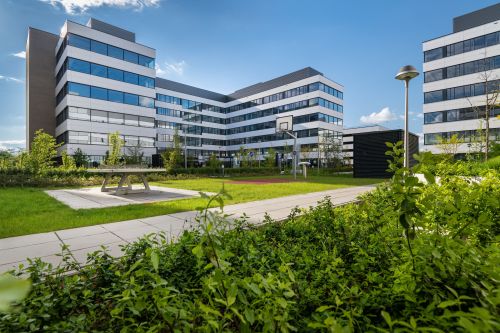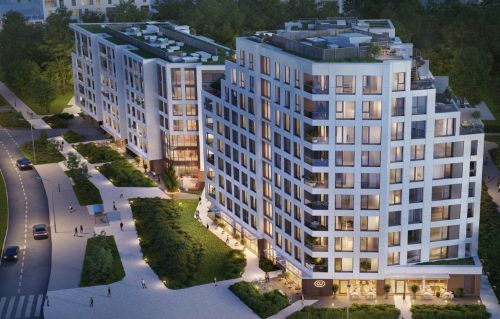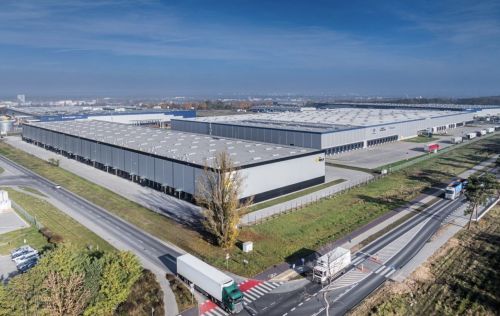Earth-shattering events were the rule almost every week last year. Mind-numbing price rises, huge queues of customers, apartment blocks sold out before receiving building permits. But we now seem to be in a period of something like tedium. Experts at Reas use a more elegant expression: no upheavals on the housing market in the first six months of 2007Warsaw and Kraków were just a nose in front of other Polish cities as regards the number of homes built and price rates per sqm. Warsaw leads in prices with PLN 8,626 on average required to purchase a square metre in an apartment put on the market in the second quarter of 2007. In terms of price-rise intensity, however, Poznań is in front, where the average price of a flat rose almost 50 pct between October 2006 and March 2007, to reach PLN 5,956 per sqm. Prices keep rising but in a different wayDevelopers are losing no time. They were quietly building up land banks last year and have now started to invest and substantially increase t
























































